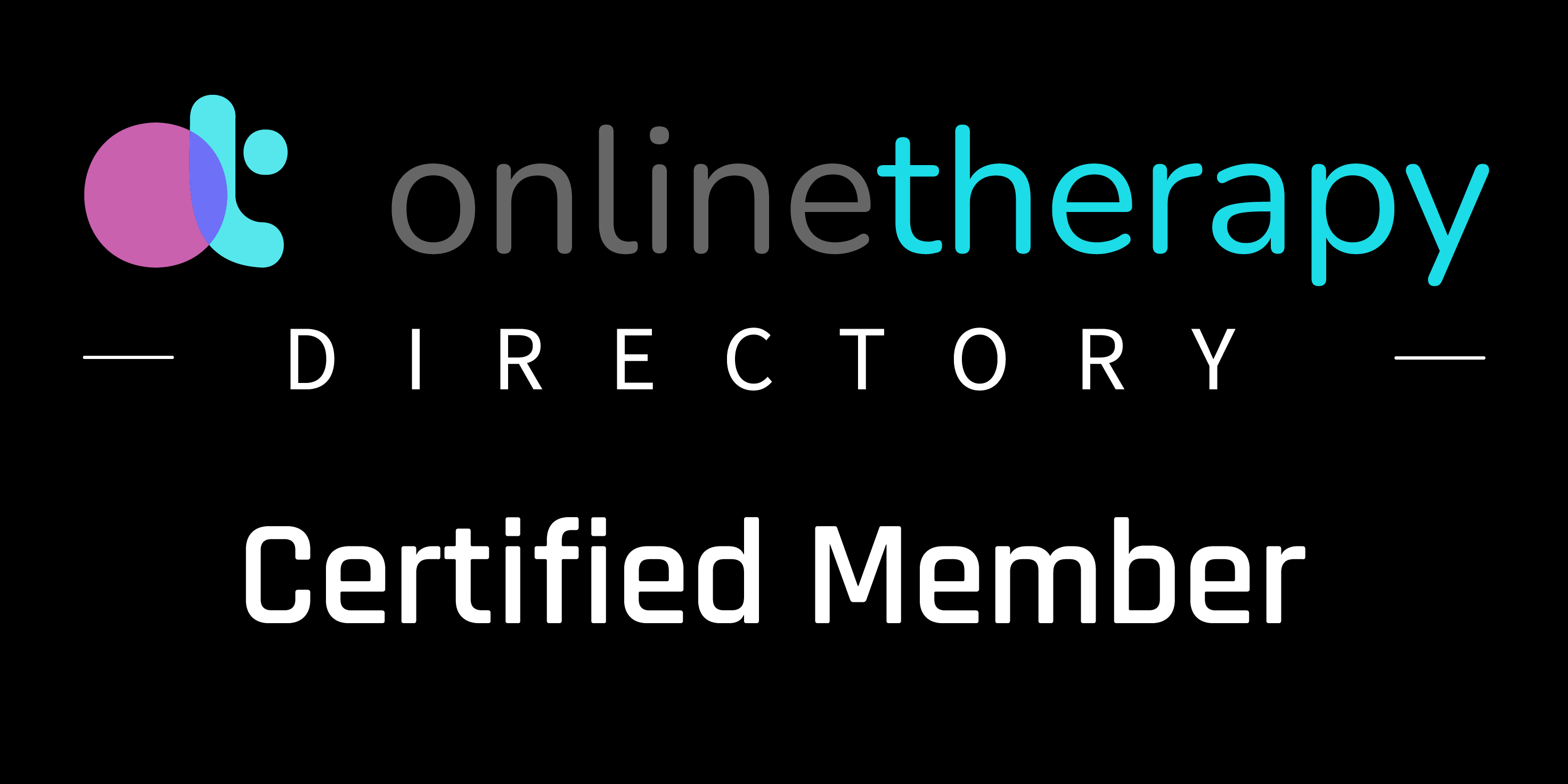Anxiety and panic attacks can feel overwhelming and debilitating, but understanding the neuroscience behind these experiences empowers us to intervene effectively. The RESET Protocol is a comprehensive, evidence-based intervention that works with your body’s natural stress response systems to restore emotional equilibrium. This three-phase approach addresses the physiological, cognitive, and behavioral components of anxiety through targeted interventions grounded in neuroscientific research.
Understanding the Neurobiology of Anxiety
The Stress Response System
When we perceive threat, the amygdala – our brain’s alarm system – triggers the hypothalamic-pituitary-adrenal (HPA) axis. This cascade releases stress hormones including cortisol and adrenaline, preparing the body for immediate action through the sympathetic nervous system activation. Common symptoms include:
- Increased heart rate and blood pressure
- Rapid, shallow breathing
- Temperature dysregulation (feeling hot or cold)
- Muscle tension and trembling
- Gastrointestinal distress
- Cognitive symptoms: racing thoughts, difficulty concentrating
- Emotional overwhelm
Why Cognitive Strategies Alone May Be Insufficient
Research shows that during acute anxiety, the prefrontal cortex – responsible for logical thinking and emotional regulation – becomes less active while the amygdala dominates. This “amygdala hijack” explains why trying to “think your way out” of anxiety often fails. The RESET Protocol works by first addressing the physiological arousal before engaging higher-order cognitive processes.
The STG RESET Protocol: Three Evidence-Based Phases
Phase 1: Release Through Movement
The Science: Physical exercise is one of the most effective ways to metabolize stress hormones. Research demonstrates that aerobic activity increases production of brain-derived neurotrophic factor (BDNF), enhances neuroplasticity, and activates the parasympathetic nervous system. Movement also stimulates the release of endorphins – natural mood elevators that counteract stress hormones.
Implementation:
- Engage in 15-20 minutes of moderate aerobic activity
- Target 60-70% of maximum heart rate for optimal stress hormone metabolism
- Options include:
- Brisk walking or jogging
- Stair climbing
- Dancing or rhythmic movement
- Bodyweight exercises (jumping jacks, burpees, mountain climbers)
- Yoga flow sequences
Research Support: Studies show that 20 minutes of moderate exercise can reduce cortisol levels by up to 40% and increase GABA production, our brain’s primary inhibitory neurotransmitter that promotes calm.
Phase 2: Express Through Writing
The Science: Expressive writing activates the brain’s language centers in the left prefrontal cortex, which helps regulate emotional responses processed in the right hemisphere. This bilateral integration facilitates emotional processing and reduces amygdala reactivity. Research by Dr. James Pennebaker demonstrates that expressive writing can lower stress hormones, improve immune function, and reduce anxiety symptoms.
Implementation:
- Spend 15-30 minutes in unstructured writing
- Focus on stream-of-consciousness expression without editing
- Include thoughts, feelings, bodily sensations, and concerns
- Methods:
- Traditional pen and paper (engages additional sensorimotor processing)
- Digital journaling
- For STG clients: Access our specialized automated Brain Dump App through your therapist for guided prompts and progress tracking
- Voice recording for those who prefer verbal processing
Research Support: Neuroimaging studies show that putting feelings into words (affect labeling) reduces amygdala activity by up to 50% while increasing prefrontal cortex engagement, literally helping the thinking brain regain control over the emotional brain.
Phase 3: Strategize and Execute
The Science: Taking purposeful action activates the prefrontal cortex and anterior cingulate cortex, brain regions associated with executive function, decision-making, and emotional regulation. This creates a sense of agency and control, which research shows is crucial for anxiety reduction. The act of problem-solving also stimulates dopamine release, reinforcing positive behavioral patterns.
Implementation:
- Analyze your written expression to identify:
- Core stressors requiring attention
- Avoided tasks or conversations
- Limiting beliefs blocking progress
- Select ONE specific, achievable action:
- Make it concrete and time-bound
- Ensure it’s within your control
- Examples:
- Schedule a difficult conversation
- Complete one avoided task
- Set a specific boundary
- Ask for help with a particular issue
- Delegate or decline a responsibility
- Execute within 24-48 hours to maintain momentum and prevent avoidance patterns
Research Support: Studies in behavioral activation show that taking even small actions toward valued goals increases dopamine and serotonin production while reducing activity in the brain’s default mode network, which is associated with rumination and anxiety.
Clinical Case Study: The STG RESET Protocol in Action
Michael, a 34-year-old professional, experienced frequent anxiety attacks related to work demands and perfectionism. Using the RESET Protocol:
- Release: He incorporated 20-minute lunch walks, which reduced his cortisol levels and improved afternoon focus
- Express: Using the STG Brain Dump App, he discovered patterns of catastrophic thinking and beliefs about needing to be indispensable
- Strategize: He chose to delegate two projects and schedule weekly check-ins with his supervisor for realistic priority-setting
Within two weeks, his anxiety attacks decreased from daily to weekly, and he reported feeling “more in control than I have in years.”
Preventive Implementation
Regular use of the STG RESET Protocol creates neuroplastic changes that enhance resilience:
- Daily Release: 20-30 minutes of movement primes your stress response system for better regulation
- Weekly Expression: Regular use of expressive writing or the Brain Dump App maintains emotional clarity
- Ongoing Strategy: Proactive problem-solving prevents stress accumulation
The Role of Professional Support
While the STG RESET Protocol is a powerful self-management tool, professional therapy enhances its effectiveness through:
- Personalized implementation strategies
- Processing of deeper patterns revealed through the Express phase
- Advanced problem-solving techniques for complex situations
- Integration with other evidence-based treatments (CBT, DBT, EMDR)
- Access to our automated Brain Dump App with therapist monitoring and feedback
Consider seeking professional support when:
- Anxiety significantly impairs daily functioning
- Physical symptoms are severe or concerning
- You struggle to identify actionable steps independently
- Patterns persist despite consistent protocol use
Conclusion
The STG RESET Protocol offers a neuroscience-based framework for transforming anxiety from an overwhelming experience into manageable, actionable information. By working with your body’s natural stress response systems – rather than against them – this approach facilitates lasting change at the neurobiological level. Remember, anxiety often signals important information about your needs and values; the RESET Protocol helps you decode and act on these signals effectively.
Ready to take control of your anxiety? Our therapists are trained in the STG RESET Protocol and can provide you with access to our exclusive Brain Dump App. Contact STG today to schedule your consultation and begin your journey toward lasting anxiety relief.















